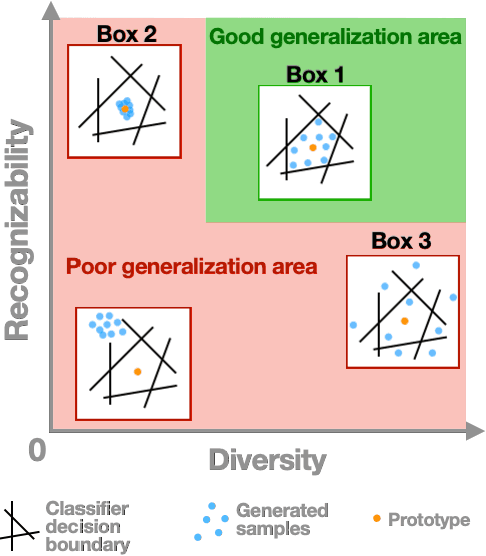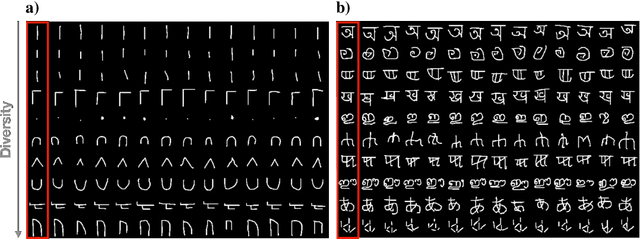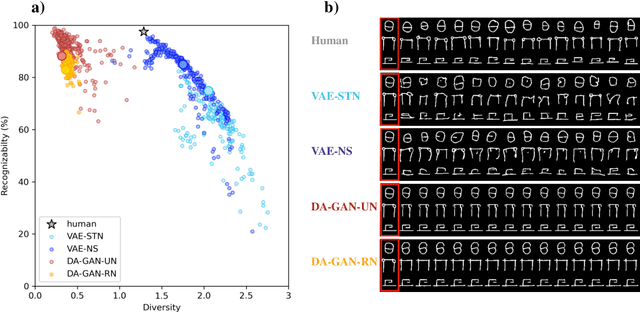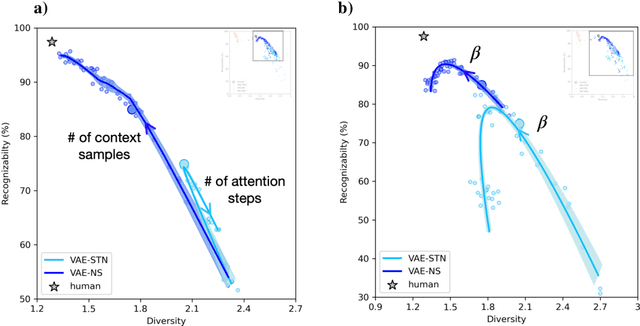Lakshya Singhal
Diffusion Models as Artists: Are we Closing the Gap between Humans and Machines?
Jan 27, 2023



Abstract:An important milestone for AI is the development of algorithms that can produce drawings that are indistinguishable from those of humans. Here, we adapt the 'diversity vs. recognizability' scoring framework from Boutin et al, 2022 and find that one-shot diffusion models have indeed started to close the gap between humans and machines. However, using a finer-grained measure of the originality of individual samples, we show that strengthening the guidance of diffusion models helps improve the humanness of their drawings, but they still fall short of approximating the originality and recognizability of human drawings. Comparing human category diagnostic features, collected through an online psychophysics experiment, against those derived from diffusion models reveals that humans rely on fewer and more localized features. Overall, our study suggests that diffusion models have significantly helped improve the quality of machine-generated drawings; however, a gap between humans and machines remains -- in part explainable by discrepancies in visual strategies.
Diversity vs. Recognizability: Human-like generalization in one-shot generative models
May 20, 2022



Abstract:Robust generalization to new concepts has long remained a distinctive feature of human intelligence. However, recent progress in deep generative models has now led to neural architectures capable of synthesizing novel instances of unknown visual concepts from a single training example. Yet, a more precise comparison between these models and humans is not possible because existing performance metrics for generative models (i.e., FID, IS, likelihood) are not appropriate for the one-shot generation scenario. Here, we propose a new framework to evaluate one-shot generative models along two axes: sample recognizability vs. diversity (i.e., intra-class variability). Using this framework, we perform a systematic evaluation of representative one-shot generative models on the Omniglot handwritten dataset. We first show that GAN-like and VAE-like models fall on opposite ends of the diversity-recognizability space. Extensive analyses of the effect of key model parameters further revealed that spatial attention and context integration have a linear contribution to the diversity-recognizability trade-off. In contrast, disentanglement transports the model along a parabolic curve that could be used to maximize recognizability. Using the diversity-recognizability framework, we were able to identify models and parameters that closely approximate human data.
 Add to Chrome
Add to Chrome Add to Firefox
Add to Firefox Add to Edge
Add to Edge